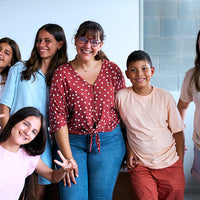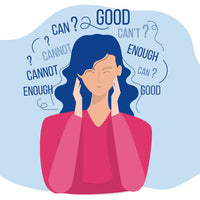
Five Types of Learning That Students Rarely Forget
It is a fact that much of what students learn in school is quickly forgotten. We often find that we need to return to previously learned content and skills to refresh and restore what students have learned. However, not all types of learning and learning experiences require as much reinforcement and repetition to solidify them in students’ memories.
When learning experiences are accompanied by certain “learning drivers” they become more memorable and can be recalled long after other learning experiences are forgotten. We can strengthen and lengthen students’ recall of new learning by tapping these drivers in our instruction and the design of learning engagements we present.
Here are five powerful types of learning experiences that stimulate longer recall:
- Significant effort is required. The adage— “Easy come, easy go”—can be applied to learning that is quickly and effortlessly gained. The brain tends to remember learning experiences that require effort and struggle more often than learning that comes easily. The experience of a “productive struggle” requires focus, effort, and persistence. The brain interprets these energy investments as a signal that what is being learned must be important and should be stored for later recall and use. Challenging concepts, difficult problems, and complex cases studies are examples of learning that may require greater effort investment and lead to longer recall. Of course, what may represent struggle for some students may require less effort for others, so we need to consider student readiness as we design learning challenges.
- Emotions drive the experience. Emotions have been described as the “hand maidens” of learning. When learning experiences are accompanied by strong emotional components, they tend to stick. Unfortunately, positive and negative emotions can have a similar impact. An uncomfortable, frustrating, or anger producing learning experience can be recalled with equal or greater intensity as a positive, empowering, reinforcing, and enjoyable learning experience. Compelling stories, delightful surprises, inspiring insights, and meaningful experiences can be great emotional anchors to help students recall what they have learned.
- Learning is self-discovered. One of the most powerful and memorable types of learning experiences is the “aha moment.” According to a recent study of learning generated by a new insight, discovery, or connection, or “aha moments” often more than double the strength and length of memory compared to most other types of learning experiences. The suddenness, certainty, intensity, and internal reward associated with “aha moments” can be so strong that they reorganize how the brain perceives and processes information associated with the learning. Obviously, “aha moments” are personal experiences that are generated through personal interest, readiness, and engagement. However, they can be stimulated by instructional strategies such as Socratic questioning, sharing analogies, tapping metaphors, and creating cognitive dissonance.
- Learning is a social experience. Learning often is more meaningful and memorable when it occurs in a social context. Interactions with and learning from others creates connections and context for new learning. Learning that involves social interaction activates language and social processing areas of the brain and makes what is learned easier to recall. Navigating differences in perceptions and accessing the understanding of others can make learning meaningful and memorable. Activities such as discussions, debates, group projects, and peer teaching can become powerful and long-recalled learning experiences.
- Learning is actively generated. When students are actively engaged in the process of learning, they tend to recall what they have learned longer than they do when they have only merely read, been told, or observed the information. Active learning typically engages multiple senses and activates multiple regions of the brain. The more ways in which students experience learning, the more memorable it becomes. When students participate in simulations, role-playing, project completion, real-world problems, and other active learning, what they learn tends to stick.
Obviously, these teaching and learning strategies exist within a context. They are most powerful when the content and skills students are asked to learn seem relevant, meaningful, and useful. Also, when we want to quickly refresh learning gained through these strategies, we can tap the experience students had while learning as well as the content or skill involved.

Take Your District and School Professional Learning to a New Level!
learn more
- Teachers
- Administrators
- Paraeducators
- Support Staff
- Substitute Teachers

- Teachers
- Administrators
- Paraeducators
- Support Staff
- Substitute Teachers






Leave a comment
Your email address will not be published. Required fields are marked with *